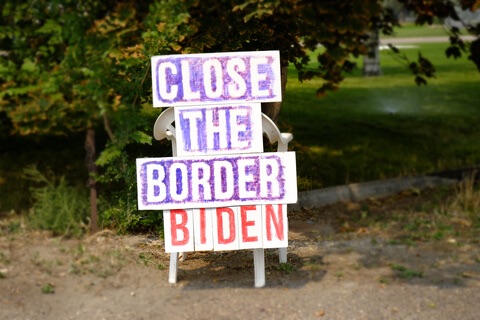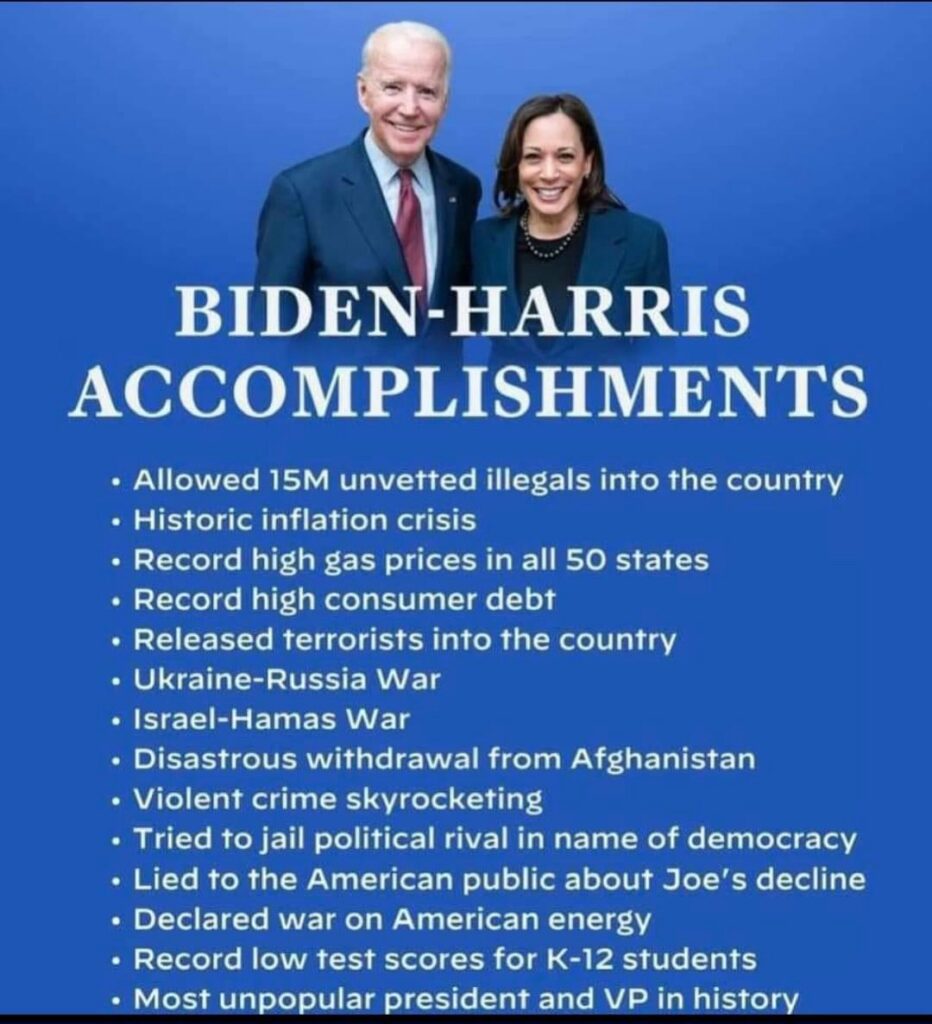As a concerned American, witnessing the unfolding situation at the US-Mexico border has become increasingly distressing. The complexities of immigration, security, and humanitarian issues converge at the border, creating a scenario that many describe as a crisis. The current state of affairs at the border reflects a mosaic of challenges, including an uptick in unauthorized crossings, strained immigration systems, and pressing humanitarian concerns. This situation not only tests our policies and resources but also our national conscience.

The debate over border security and immigration is not new; it’s a longstanding issue that has challenged multiple administrations, each grappling with how best to manage and secure our southern border. However, recent times have seen these challenges intensify, bringing the situation into sharper focus and prompting urgent calls for solutions.
In this light, it’s essential to take a step back and consider the broader implications of the border’s current state. It’s a matter that affects not just the individuals and families seeking a new life or refuge but also the fabric of our communities and the principles upon which our nation stands. As we delve into the debate on US-Mexico border security, it’s with a sense of urgency and a hope for resolutions that balance security needs with humanitarian principles and respect for human dignity.

The Impact of Cross-Border Crime
Human Trafficking: One of the most heinous crimes associated with border vulnerabilities is human trafficking. Victims, often seeking a better life, find themselves exploited by traffickers who promise safe passage. This exploitation undermines human rights and dignity, requiring a robust response to protect victims and prevent such crimes.
Drug Smuggling: The border has also been a conduit for the smuggling of narcotics into the United States. The flow of illegal drugs not only fuels addiction and violence within our communities but also challenges our healthcare and legal systems. Combating drug smuggling necessitates comprehensive strategies that include both border security and international cooperation to disrupt supply chains.
Security Threats: Unauthorized crossings pose a challenge in vetting individuals entering the country, raising concerns about the potential entry of individuals with criminal backgrounds or ties to extremist groups. Ensuring national security involves a delicate balance between maintaining open doors for legitimate migrants and refugees while preventing entry to those who might pose a threat.
Addressing the Issue
Effective management of border security to combat crime requires a multi-faceted approach. Enhanced surveillance, better resources for border patrol agents, and the use of technology can help monitor and secure the border more efficiently. Moreover, addressing the root causes of migration—such as poverty, violence, and political instability in home countries—can reduce the pressure on border crossings.
Collaboration with international partners, particularly Mexico, is crucial in tackling cross-border crime. Joint efforts can lead to the dismantling of trafficking networks, the interruption of drug smuggling routes, and the sharing of intelligence about potential security threats. The Biden – Harris administration has done a terrible job!
A Path Forward
As a concerned American, it’s clear that the issues of border security and crime are not just matters of policy but of human concern. The goal should be to create a border policy that is both secure and compassionate, one that upholds our values as a nation of immigrants while addressing legitimate security concerns. This balance is challenging but necessary for the well-being of our communities and the integrity of our nation’s borders.
The Fentanyl Crisis: A Deep Dive
Potency and Danger: Fentanyl’s potency is such that even a tiny amount can be lethal. This has led to a dramatic rise in overdose fatalities, often because individuals are unaware they are consuming fentanyl, mixed with other drugs. The substance’s high potency, combined with its relatively low cost and ease of transport, makes it an attractive product for drug traffickers but a deadly risk to users.
Impact on Communities: The influx of fentanyl has left no community untouched, affecting urban, suburban, and rural areas alike. The opioid crisis fueled by fentanyl has overwhelmed healthcare systems, strained public resources, and inflicted deep emotional and economic pain on families across the nation.
Challenges in Stemming the Tide: Controlling the flow of fentanyl is particularly challenging due to its compact nature, which makes it easy to smuggle in small, yet highly potent quantities. Traditional drug detection and interdiction methods are often ill-equipped to catch these shipments, requiring new strategies and technologies to combat the problem effectively.
Strategies for Addressing the Fentanyl Crisis
Enhanced Detection and Interdiction: Improving the ability of border security and law enforcement agencies to detect and intercept fentanyl before it enters the country is crucial. This includes investing in advanced detection technologies and increasing the training of personnel to recognize and respond to fentanyl smuggling attempts.
International Cooperation: The fight against fentanyl is not one the US can tackle alone. Strengthening partnerships with Mexico and other countries is essential to dismantle the networks that manufacture and traffic fentanyl. Collaborative efforts can lead to more effective crackdowns on the labs that produce synthetic opioids and the routes used to smuggle them.
Public Health Approach: Addressing the demand side of the fentanyl crisis involves a comprehensive public health strategy that includes education, prevention, and treatment. Expanding access to addiction treatment services, increasing the availability of overdose-reversal drugs like naloxone, and raising awareness about the dangers of fentanyl can save lives and reduce demand for the drug.
The Crisis of Human Trafficking Across the Border
Human trafficking across the US-Mexico border is a dire issue that undermines basic human rights and exposes a dark facet of cross-border movements. This form of modern-day slavery ensnares individuals into forced labor or sexual exploitation, exploiting their vulnerabilities and aspirations for a better life.
The Extent of Human Trafficking
Vulnerabilities Exploited: Many looking to cross into the United States are escaping dire circumstances, making them prime targets for traffickers. These traffickers often deceive victims with promises of employment, safety, and a new start, only to coerce them into exploitative situations upon arrival.
Impact on Children: The trafficking of minors is among the most distressing aspects of this crisis. Unaccompanied children or those separated from their families are at significant risk of exploitation. The lack of protection and oversight for these young individuals often leads them directly into the hands of traffickers.
Challenges in Combatting Human Trafficking
Detection and Prevention: Identifying victims of human trafficking is exceedingly challenging, as many trafficked individuals are hidden within the broader flows of migrants and may be afraid or unable to seek help. Moreover, the clandestine nature of trafficking networks complicates efforts to dismantle them.
Legal and Social Barriers: Victims often face legal hurdles and social stigma that prevent them from coming forward. Fear of deportation, retaliation by traffickers, and the trauma associated with their exploitation can silence victims, making it difficult to provide them with the necessary support and justice.
Strategies for Addressing the Crisis
Enhanced Protection at the Border: Implementing robust measures to identify and protect potential trafficking victims at the border is crucial. This includes training border patrol and immigration officials to recognize signs of trafficking and establishing protocols for the safe and humane treatment of suspected victims.
Strengthening Legal Frameworks: Strengthening laws to punish traffickers and protect victims is essential. This includes providing legal avenues for victims to remain in the country and access to services that can help them rebuild their lives.
Collaboration and Awareness: International cooperation between the United States, Mexico, and other countries is vital to address the root causes of trafficking and dismantle transnational trafficking networks. Raising public awareness about the signs of human trafficking and how to report them can also play a significant role in prevention.
Biden needs to do something about this. Immediately! Yesterday! A year ago! His policies are causing most of this.
As an Amazon Associate we earn from qualifying purchases through some links in our articles.



